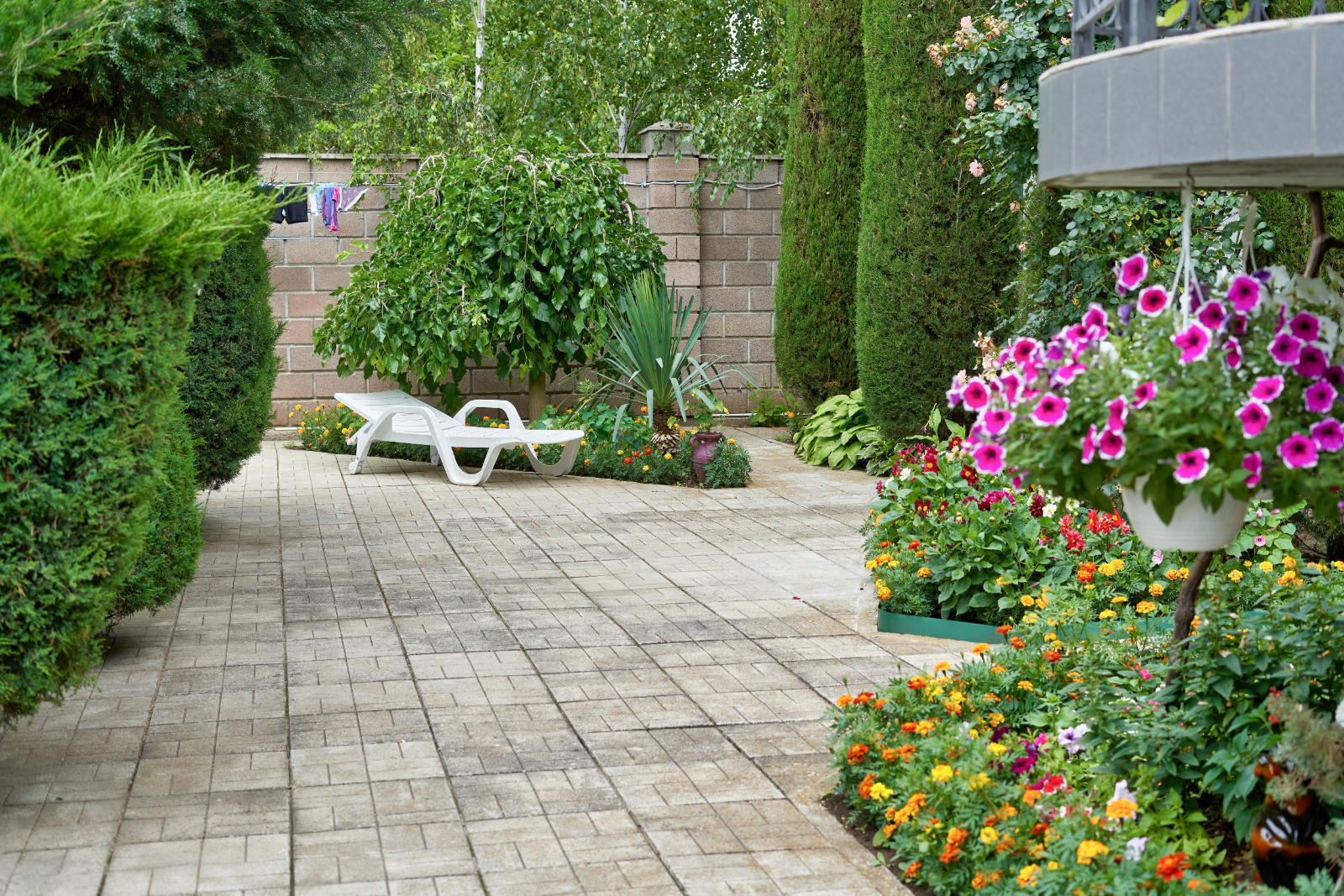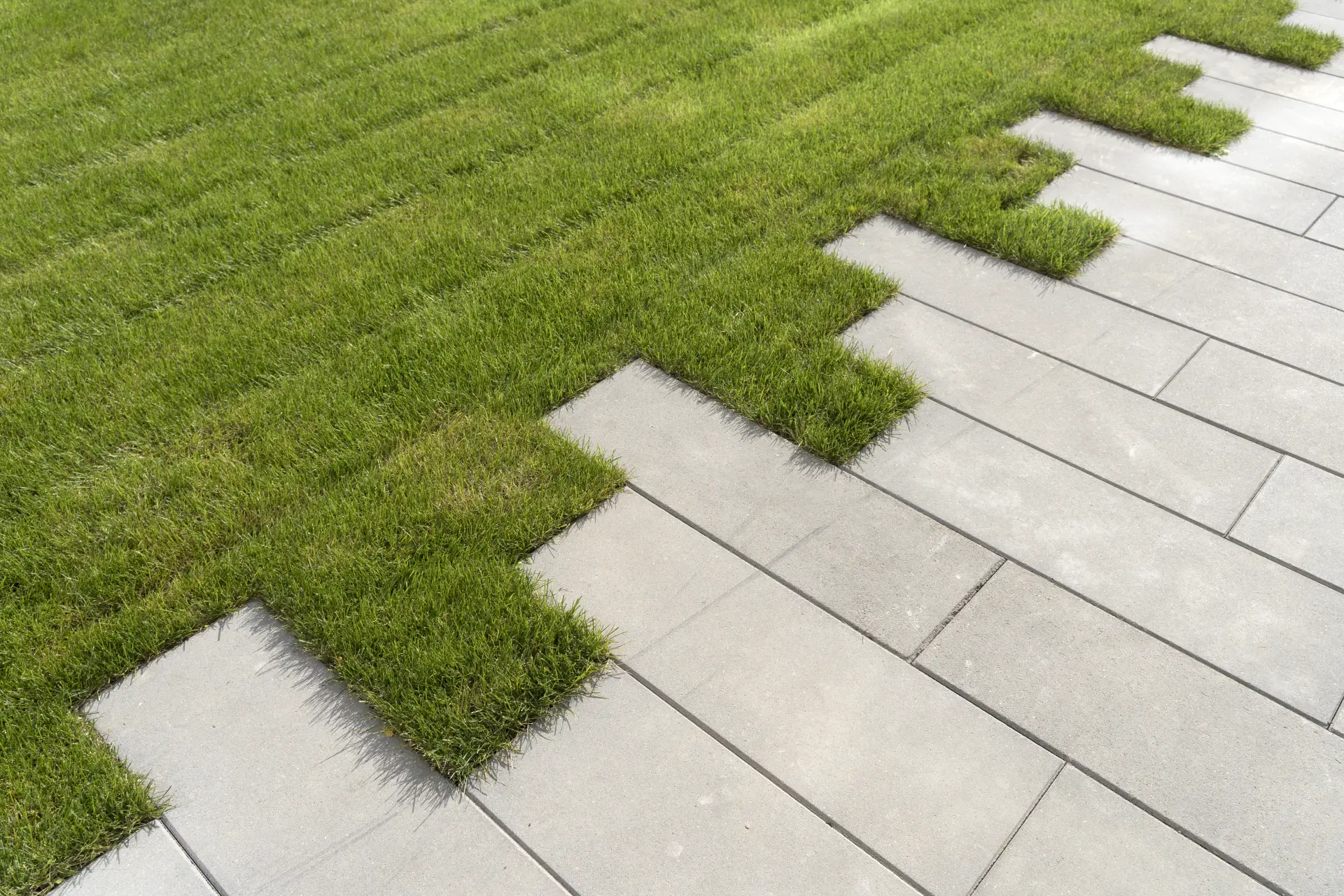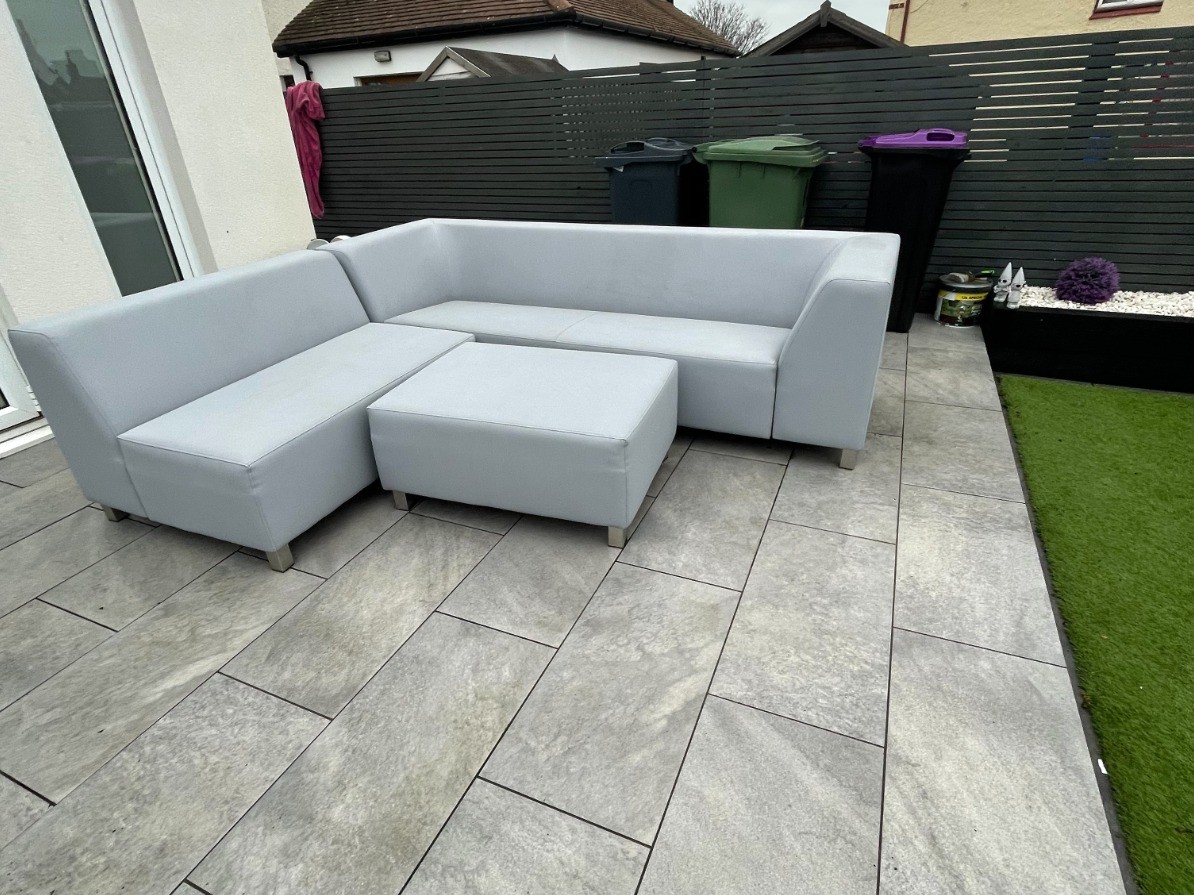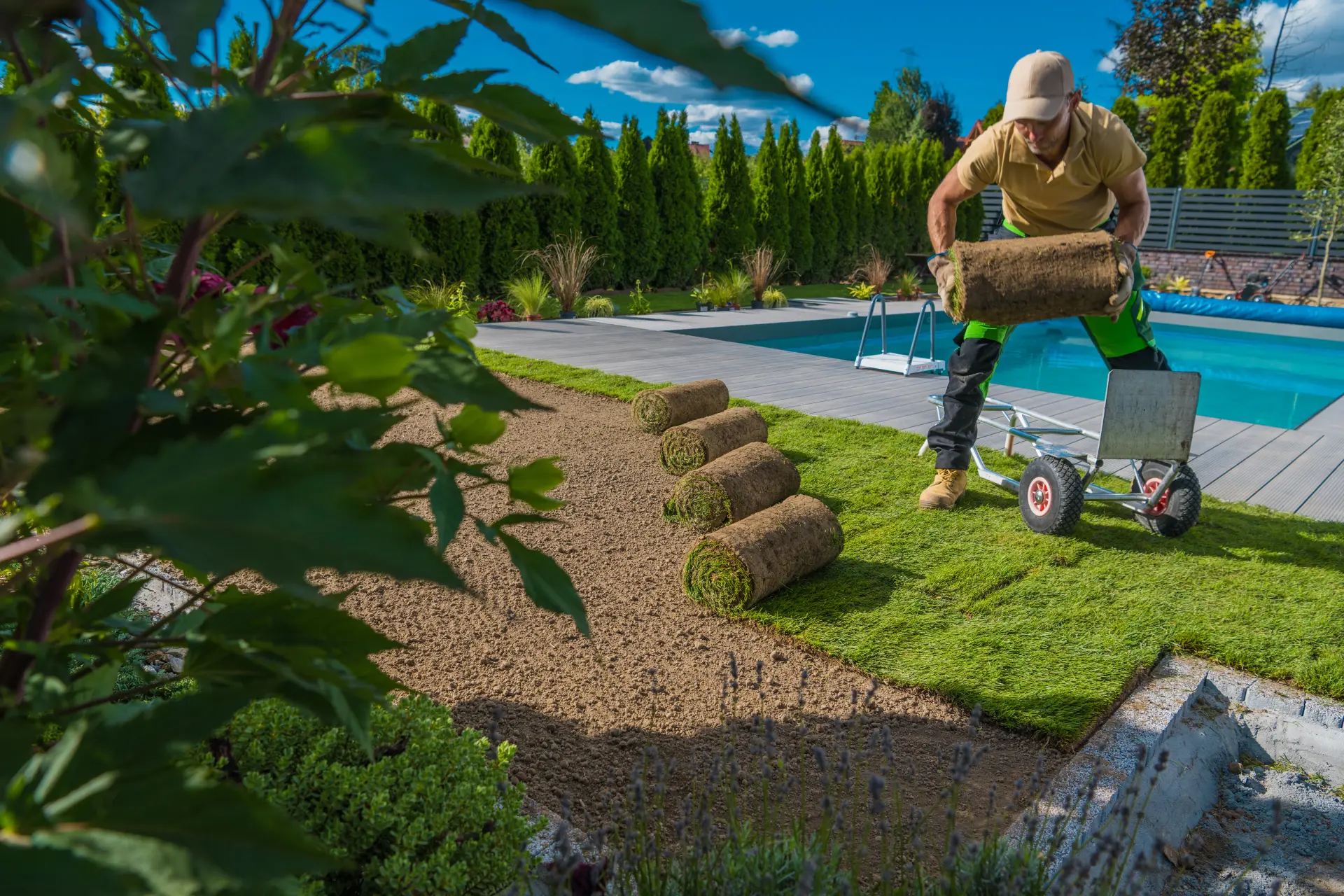Wondering how long do porcelain patios last? Discover the factors influencing their lifespan and expert tips to maximise their durability.
Average Lifespan of a Porcelain Patio
When it's properly installed and cared for, a porcelain patio can last up to 20 to 30 years or more, making it one of the longest-lasting outdoor paving options available. Porcelain tiles are made to be dense, non-porous, and resistant to water absorption, which helps prevent cracking and frost damage. Unlike natural stone or concrete, porcelain doesn't significantly expand or contract with changing temperatures, allowing it to maintain its structure over time.
However, several factors can influence how long a porcelain patio will last, including the installation quality, your maintenance routine, foot traffic and the quality of the tiles. The long lifespan of a porcelain patio, combined with its minimal upkeep, makes it a cost-effective investment that homeowners can enjoy for decades.
With a professional installation and basic maintenance, a porcelain patio in the UK can last 20 to 30 years, and provide excellent durability, weather resistance, and long-term value.
Factors That Affect Durability
Porcelain patios are strong, weather-resistant, and low maintenance. However, their long-term durability is heavily influenced by a number of factors.
Porcelain tiles require a solid, well-prepared sub-base to prevent shifting, cracking, or sinking. Ensuring there's proper drainage beneath the tiles and using the correct adhesive and grout is also important for ensuring the patio’s longevity.
Frequent rain, frost, and snow can cause issues for porous materials, yet porcelain’s low water absorption rate (less than 0.5%) makes it ideal for resisting frost damage. However, standing water, if it's not properly drained, can weaken the joints or cause algae growth, which affects the patio's appearance, safety and longevity.

Additionally, not all porcelain tiles are created equally. Outdoor-grade porcelain tiles are typically thicker and more robust than indoor versions, and they often have anti-slip finishes.
Choosing high-quality porcelain tiles designed specifically for external use ensures your patio has better resistance to cracking, wear, and weathering.
The level of foot traffic and general use of the patio can also affect its durability. Heavily used patios can wear down at the grout joints or tile edges over time. However, porcelain’s scratch and stain resistance helps it withstand everyday activities with minimal deterioration.
Routine cleaning, like sweeping and washing with warm water, helps prevent dirt, algae, and grime from accumulating on the patio, as they can cause the surface to become stained or lose its shine. Using gentle, non-abrasive tools also protects the tile’s finish and maintains its structural integrity.
How Maintenance Impacts Lifespan
Effective maintenance is essential for maximising the lifespan of a porcelain patio. Regular sweeping, washing and rinsing helps eliminate dirt, grime, and organic debris from the surface, keeping your patio clean and preserving its appearance and condition.
These contaminants can dull the appearance of the tiles, promote moss or algae growth, and even cause slip hazards; therefore, it's crucial to remove them. Sand or grit can also cause micro-scratches on the surface, particularly in high-traffic areas, and regular cleaning helps prevent these issues and protects the patio’s finish.
If the patio isn't regularly cleaned, water, plant debris, and dirt can gradually infiltrate the joints between the tiles, leading to weakened bonding, loose slabs, or unwanted weed growth. Keeping these joints clear helps prevent structural problems and keeps the patio appealing and durable.
Additionally, using soft-bristled brushes and avoiding chemical cleaners ensures that the porcelain’s surface remains unharmed. Harsh tools or strong chemicals can erode the surface coating or damage the glaze, reducing the patio’s visual appeal and lifespan.
Tips to Extend the Life of Your Porcelain Patio
The foundation of a long-lasting porcelain patio starts with an expert installation. Professionals should use high-quality outdoor-grade tiles, a solid sub-base, and the correct adhesives and grout that are suitable for external conditions. There also needs to be proper drainage under the tiles to avoid standing water, which can affect the joints over time.
Sweeping your patio frequently prevents the build-up of dirt, grit, leaves, and other debris that could lead to the surface dulling or causing moss and algae to grow. This is especially important during autumn and spring when outdoor debris is more common. Cleaning the patio with warm, soapy water removes any dirt and stains while protecting the tile’s surface.
105541.jpg)
After washing, rinse the patio with clean water to remove any leftover soap or dirt. This prevents any residue build-up, which can attract more grime or cause the surface to feel slippery.
It’s also important to regularly inspect the grout lines and joints for signs of wear, cracking, weed growth, or displacement. Addressing these issues early on by re-pointing or replenishing the jointing compound helps prevent water ingress, structural damage, and loose tiles. Consistent joint maintenance ensures your porcelain patio remains secure, visually appealing, and structurally stable over time.
By following these tips, you can extend the life of your porcelain patio and ensure it remains both beautiful and functional for years to come.
We provide professional porcelain patio installation services across Ayrshire and the surrounding areas. We ensure that each patio is fitted precisely and that you receive a flawless finish tailored to your property. Trust us to transform your garden or outdoor area with our long-lasting porcelain paving.




